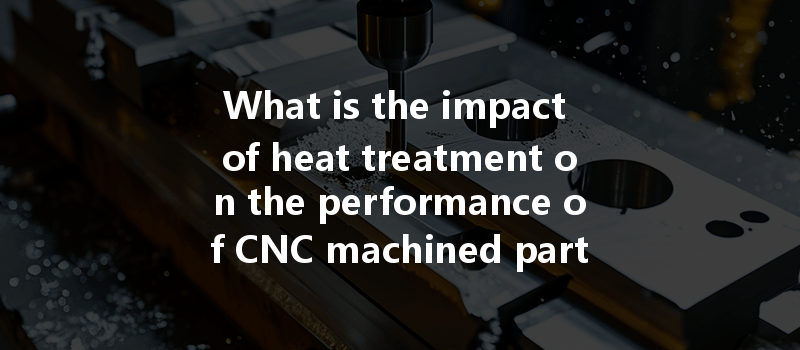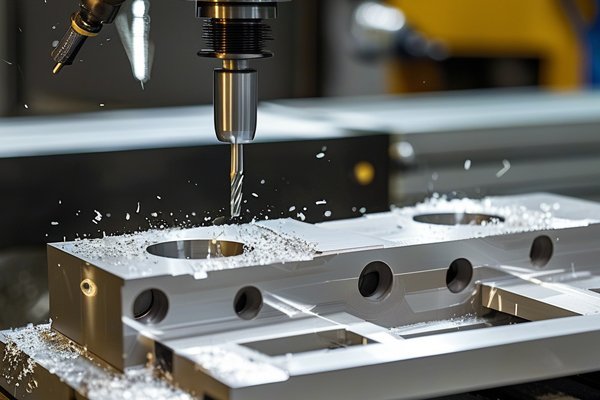*
In today’s manufacturing landscape, CNC machining has emerged as an indispensable process that drives innovation across various industries, from aerospace to medical devices. As companies seek ways to enhance the performance, durability, and overall quality of manufactured components, heat treatment stands out as a crucial step in the process. Heat treatment can significantly influence the mechanical properties of CNC machined parts, including their strength, toughness, and fatigue resistance. In this article, we will delve into the nuances of heat treatment, elucidating its impact on the performance of CNC machined parts and providing insights that will empower manufacturers to make informed decisions.
At YL Machining, we are committed to delivering the highest standards of quality and performance in every part we produce. By exploring heat treatment’s importance more deeply, we aim to equip our clients with the knowledge required to optimize their production processes and enhance the functionality of their components.
Understanding Heat Treatment
Heat treatment is a controlled process of heating and cooling materials—typically metals and alloys—to alter their physical and sometimes chemical properties. The primary aim is to improve properties such as hardness, strength, and ductility. The process is categorized into various methods, including:
The selection of the appropriate heat treatment process depends on the desired properties of the final product and the specific material being used.
Importance of Heat Treatment in CNC Machining
Heat treatment significantly contributes to the performance of CNC machined parts. Here’s how:
Impact on CNC Machined Parts: Case Studies

Frequently Asked Questions about Heat Treatment
Heat treatment can cause dimensional changes due to thermal expansion and contraction. However, processes like annealing can help stabilize dimensions by reducing internal stresses.
Ferrous materials (e.g., carbon steels and alloy steels) and nonferrous metals (e.g., aluminum, titanium, and copper alloys) can greatly benefit from heat treatment. The choice of treatment, though, varies significantly by the material type and intended application.
Yes, heat treatment requires specialized furnaces and quenching tanks to achieve controlled environments. The heating rates, cooling rates, and temperatures must be accurately monitored for consistent results.
Manufacturers should analyze the material specifications and desired mechanical properties, then consult heat treatment guidelines or standards (such as ASM International) for specific recommendations. Collaborating with heat treatment experts can further refine the selection process.
In conclusion, heat treatment is an essential process that can dramatically enhance the performance of CNC machined parts. At YL Machining, we understand the intricacies involved in selecting and implementing the correct heat treatment procedures for various materials. By investing in proper heat treatment, manufacturers can yield parts that not only meet but exceed performance expectations.
As industries continue to evolve and demand higher standards, understanding heat treatment’s role in CNC machining becomes increasingly crucial. Whether you’re in aerospace, automotive, medical, or any other field, heat treatment offers a pathway to improved durability, reliability, and overall performance of machined components.
For manufacturers looking to leverage advanced techniques and enhance their production capabilities, continuous learning and adaptation are key. At YL Machining, we’re dedicated to being at the frontline of such innovations, ensuring that our clients receive expert guidance and top-notch services tailored to their specific needs.
References
By investing in heat treatment and understanding its benefits, companies can ensure they are not only competing in the market but thriving within it.






